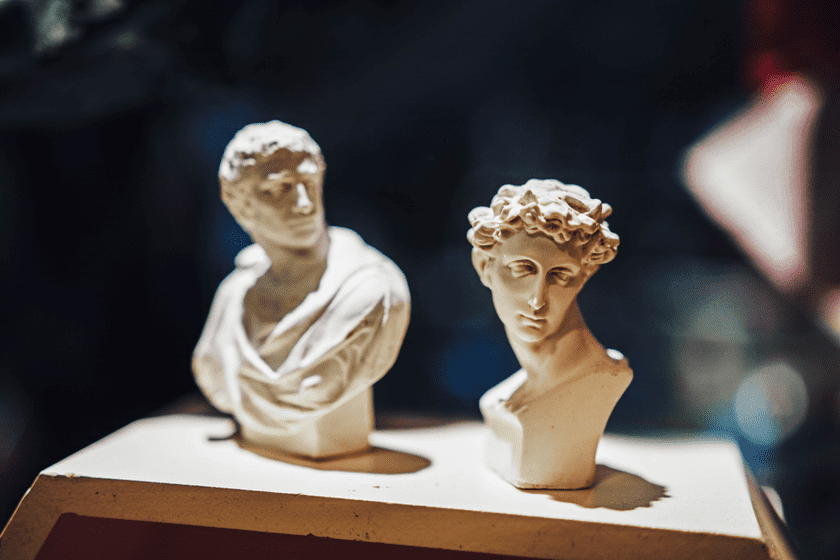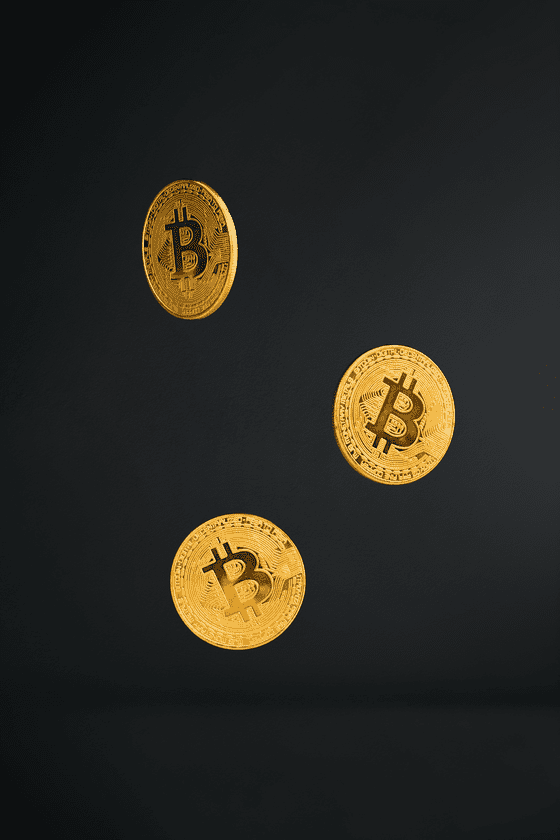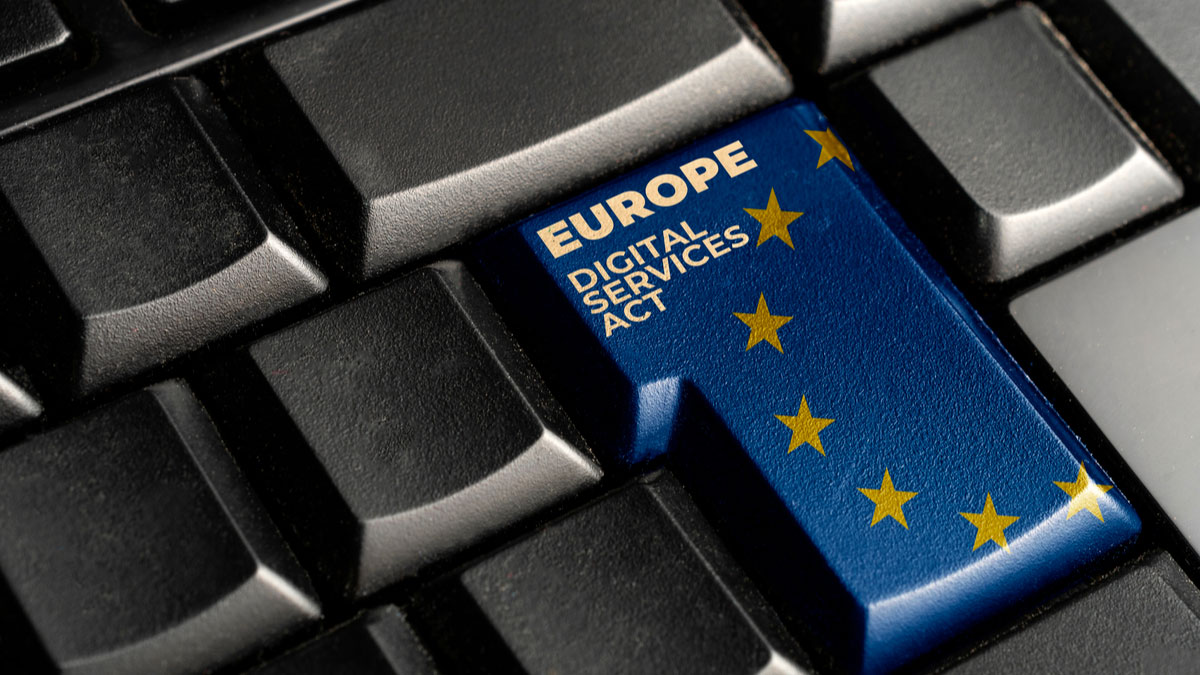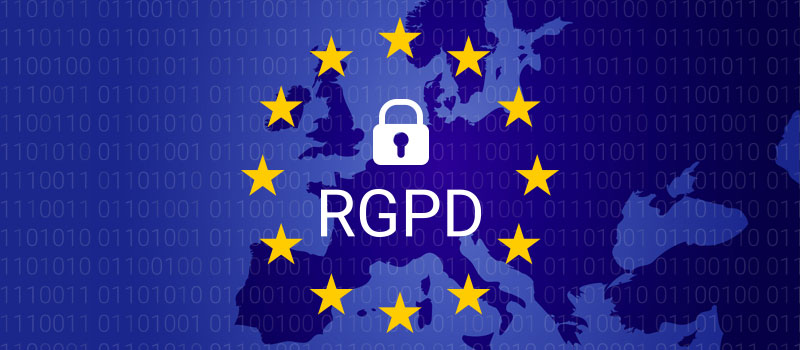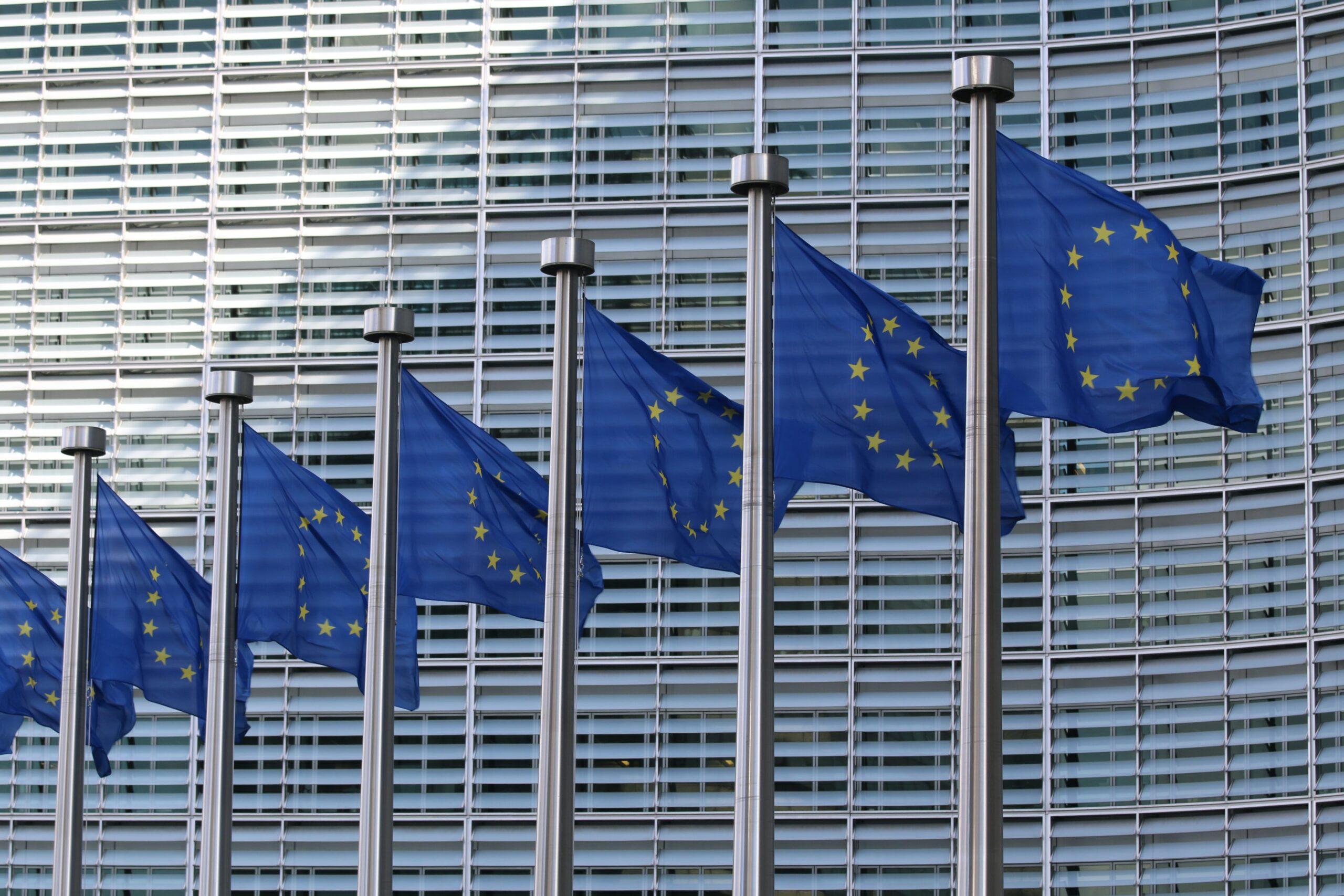NFT and intellectual property
You may have heard the word “blockchain” in the previous several years. Blockchain technology has established itself as an innovative record-keeping system, most notably serving as the foundation for the Bitcoin cryptocurrency. The most unique aspect of blockchain is its decentralized nature: it is not controlled by any single individual or organization. It is transparent in the sense that the ledgers are seen by everyone (if you know where to look). Blockchain technology is applicable to a wide variety of applications and is not restricted to cryptocurrencies. Non-fungible tokens (NFTs) are the most recent high-profile example of this nascent technology’s extensive applicability. NFTs are claimed to be immutable once “minted” (the Non-fungible token field’s term for “made”), because the information once placed on the blockchain is permanent and irrevocable.
NFTs are now sweeping the globe, as sports memorabilia firms and art auction houses use them to maximize the value of digital assets. In the first quarter of 2021, NFT sales hit $2 billion, with roughly twice as many buyers as vendors. For example, musicians, artists, and publishers have benefited from NFTs in order to commercialize their works and protect their intellectual property rights. We examine the intellectual property law implications of NFTs and related advancements in this paper.
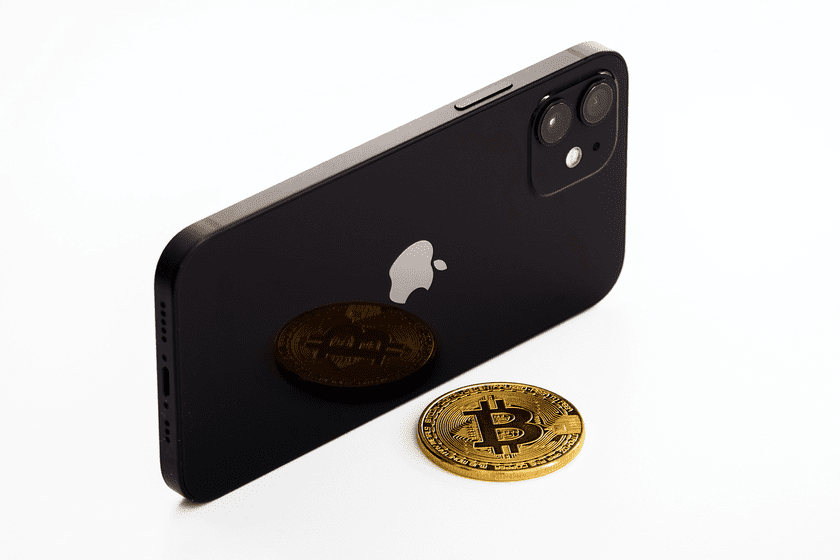
NFTs as a global sensation
Three weeks ago, fashion designer Karl Lagerfeld launched the first “non-fungible tokens” (NFTs). To begin, a black and white NFT figurine, which the internet site The Dematerialized sold in an edition of 777 for 77 euros each. A second, gleaming metallic NFT figurine by Lagerfeld, limited to 77 pieces, sold for 177 euros each.
The more costly version sold out in 33.77 seconds; the less expensive version took 49.09 minutes to sell out, Marjorie Hernandez, co-founder of The Dematerialized, disclosed during her presentation. The website where the NFTs were sold received traffic from all around the world. Sixteen percent are from the United States, 39 percent are from Europe, and 45 percent are from other countries. “Interest in the Karl Lagerfeld NFTs is international,” Hernandez continued. It extends the brand’s traditional marketing channels and targets new demographics, particularly younger generations.
How may NFTs be used to the world of art? Digital art is connected to a non-fungible token (NFT), which is produced online and then traded on a variety of exchanges. NFTs have had two significant consequences. To begin, they have lent an air of ‘authenticity’ to digital art. Second, they’ve established a potentially valuable online platform for digital artists to share works in a new genre of performative art. Because NFTs are one-of-a-kind tokens, they lend an air of authenticity to digital art in an age of copy-and-paste. This sense of ‘authenticity’ is encoded by NFTs.
According to a Deloitte survey on digital media trends, 87% of Gen Z consumers report playing video games on their cellphones, gaming consoles, or PCs on a weekly basis. Additionally, this generation is expected to prefer playing video games to watching video entertainment by a factor of more than two. The resulting blurring of the lines between younger consumers’ physical selves and virtual gamified avatars is ideal for ‘tokenisation’ – a unit of data stored on a digital ledger, or blockchain, that enables the trading and ownership of supply-constrained luxury collectibles, whether in conjunction with a physical purchase or exclusively online. The collaboration between digital sneaker brand RTFKT Studios and artist FEWOCiOUS led in a USD 3.1 million sale on non-fungible token (NFT) marketplace Nifty Gateway in under seven minutes. Each digital sneaker is paired with a physical counterpart – the ability for marketers to optimize their supply chains by selling a digital version of a coveted product while the consumer waits for the physical version is revolutionary.
The multiplicity of NFT structures
Why all the hipe? What are NFTs and what purpose do they serve in the metaverse? Finally, what contribution does new technology provide to the realm of fashion? Because one thing is certain: the Lagerfeld NFTs are only the latest example of a new technological adaption that is currently en favor, particularly among high-fashion brands: Burberry, Balenciaga, Gucci, and Louis Vuitton are all experimenting in this new arena. Digital fashion creates an entirely new sphere of action for fashion firms. They can sell their fashion not just in the physical world, but also via NFTs – particularly in the gaming world. Clothing also plays a growing role in this area. Players can build personal avatars, shop, attend fashion shows, interact with one another, and even own land and real estate in Metaverses. The possibilities are virtually limitless. In contrast to the majority of social media platforms today, a metaverse is a collective virtual space that is typically decentralized and frequently built on blockchains, for example, to safeguard one’s own money.
NFTs can be simply JPEG files. These non-fungible tokens are akin to digital certificates of validity that are often secured using blockchain technology and hence impenetrable to tampering. NFTs originate in the arts and gaming industries. Only in March of this year, Christie’s sold a photograph by artist Beeple for 69 million euros, making it the world’s most expensive JPEG file to date.
NFTs are a technique of tokenizing an asset, with a token representing a digital unit of value on a blockchain. These tokens can be used to represent a range of items and are subject to a variety of rules. The nature of a token is determined by the standard (a collection of rules agreed upon by developers) to which it is subjected. The ERC-20 standard is frequently used for fungible (not unique and thus divisible) tokens on the Ethereum blockchain, while the ERC-721 standard is frequently used for non-fungible (unique) tokens.
What does this mean legally?
Due to the non-fungibility of NFTs, a new distribution mechanism for intellectual property monetization has emerged. Given some of the unique characteristics of NFTs, intellectual property owners’ intellectual property protection and licensing strategies must be rethought. As NFTs gain popularity, businesses and creators should incorporate NFT-specific intellectual property protections into their intellectual property protection plans. Due to the unique characteristics of NFTs, numerous new issues apply when licensing, assigning, or transferring intellectual property rights. Additionally, NFT creators should be aware of potential infringement risks when utilizing third-party intellectual property and should consider protecting their original inventions with intellectual property protection.
However, the utility of NFTs in terms of intellectual property (IP) rights appears to be far less persuasive. The issue is that holding an NFT does not imply ownership of an original work. An NFT is simply a digital ticket confirming that you possess a version of a work from a copyright perspective. Buyers’ impressions of their property do not always correspond to legal reality, and the firms involved in these transactions are opaque.
The buyer’s perception of what they are buying may not match the legal reality. NFTs being sold should contain exactly what they want to sell, as an NFT cannot be edited easily once recorded on a blockchain. An NFT does not grant ownership of a piece of work. It is in reality a digital note which verifies that you own a version of the work.
It’s unsurprising that third-party intellectual property is frequently entangled in NFTs without the rights holder’s express agreement or consent. NFTs may include unlicensed copyright-protected content. As expected, intellectual property owners are stepping up enforcement against illicit uses of copyrighted information in NFTs. While NFTs have enormous financial power in the entertainment and collectibles industries, it is unclear how they affect the underlying intellectual property. What is evident is that the rights involved with acquiring NFTs (apart from the right to own) are restricted.
NFTs appear to have immediate uses. To be more specific, this tokenized technology might be used to sectors such as watermarking, in which producers could utilize NFTs to validate the validity of digital artwork or trading cards. Whatever application of NFT technology occurs in the future, one thing is certain—NFTs should not be mistaken with inherent authentication of items. This is particularly critical since complaints of fake NFTs continue to rise.
It is critical to distinguish between ownership of the NFT and ownership of the underlying intellectual property when evaluating the intellectual property implications of NFTs. The rights granted by an NFT seller are contingent upon the rights transferred through a license or assignment, which differ each NFT. You may own a specific video clip or photograph of a LeBron James slam in NFT form, but the NBA owns the underlying rights. In the framework of copyright, ownership of the underlying rights will transfer only if the creator of the original work expressly consents to the transfer. In general, possession of an NFT does not automatically confer ownership of the underlying content or any associated intellectual property rights. As a result, an owner of an NFT may be prohibited from reproducing, distributing copies, performing, displaying, or creating derivative works of the original work. Rather than that, the copyright holder retains exclusive rights.
There are concerns about how will NFTs fit into current copyright law. For example, with regards to music, no artist would be selling the rights to the master version of the music. Those rights are retained by the artist, even as they sell a kind of licensed content to consumers.
However, people can mint NFTs of work they didn’t create. This is where we believe the largest legal issue lies. For instance what happens if someone mints NFT’s of heavily protected music such as the Beatles or Elvis or NFT’s of long established Disney characters? One assumes copyright infringement lawsuits will be plentiful and it appears that the market may not yet be prepared for the eventuality that a work’s original creator may claim copyright infringement.
For instance, The Hermitage, the most significant and big museum in Russia, in Russia has taken legal action against Rammstein‘s Till Lindemann over the “unauthorised” sale of an NFT bearing its imagery.
Last week, the German band’s frontman entered the world of non-fungible tokens (NFTs) by selling VIP style access to him along with special digital artwork. Fans were offered the chance to dine with the singer in Moscow, Russia as part of a €100,000 (£84,705) package. While he had been granted permission to film there for the clip, the museum says the musician breached the terms of their agreement by selling NFTs that include materials shot on its premises.
A statement from the State Hermitage Museum, posted to Facebook last Friday (August 13), claims that it has issued Lindemann with a “license violation warning” over what are claimed to be “illegal tokens”.
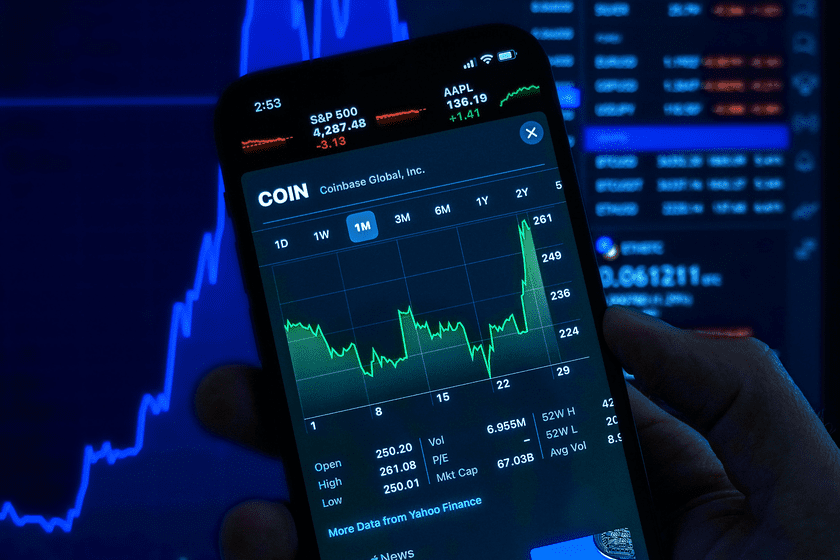
Financial regulations still applying
Whilst it is easy to point out the legal issues with NFTs and copyright law, the reality is that these tokens are hugely popular and potentially are here to stay. IP law and indeed lawyers will have to deal with these and perhaps rapidly.
While the majority of jurisdictions lack particular legislation or regulations governing NFTs, a slew of current regulations may nevertheless apply. This will rely on the following factors: the qualities and attributes of the token; the actions conducted in connection with the token; and the territorial reach of the applicable regulatory framework.
A few relevant examples:
For instance, in the United Kingdom, the Money Laundering Regulations 2017 define cryptoassets as “a cryptographically secured digital representation of value or contractual rights that utilizes a form of DLT and can be transferred, stored, or traded electronically,” and outline the activities that trigger a registration requirement when performed in relation to cryptoassets. Exchanging NFTs for cash or other cryptoassets, or arranging for others to do so, would trigger a registration requirement. If an NFT does not meet the definition of a cryptoasset, for example, because it does not reflect value or contractual rights, the regime does not apply.
Switzerland provides a favorable and attractive legal structure for cryptoassets, notwithstanding the absence of a dedicated legal framework. The regulatory framework enabling for the issuance and trading of cryptocurrencies has been in place for a few years. Switzerland has now strengthened its regulatory framework for tokens representing rights, such as asset tokens and utility tokens representing claims against the issuer or a third party, following the adoption of the Federal Act on the Adaptation of Federal Law to Developments in Distributed Ledger Technology (the DLT Act), which made numerous amendments to Swiss law to account for the potential offered by distributed ledger technology (DLT). Certain provisions of the legislation took effect in February, while the balance of the new provisions will take effect in August 2021. The DLT Act, in particular, established DLT rights as a new class of assets as a digital alternative to certificated securities. DLT rights should be transferrable exclusively via the blockchain. Additionally, Swiss legislation has developed a new sort of license category for trading venues that allow for the trading of DLT rights. Additionally, extra segregation rights have been introduced for cryptoassets kept in custody by a third party (e.g., a wallet provider) in the event of the third party’s insolvency.
Yet the the Swiss Financial Market Supervisory Authority (FINMA) has frequently declared that it will make no distinction between different technologies used for the same activity; in other words, it will apply the’same business, same rules’ concept to any new technology. This of course does not really fit with the specific problematics of NTF.
This lack of certainty about buyers’ intellectual property rights has not deterred users from investing millions on virtual land NFTs, with some speculating that it could be at the vanguard of a near-term virtual real estate bubble. Dapper Labs Inc., the Canadian business that pioneered the usage of NFTs in CryptoKitties, has done the most to address these IP concerns by developing an NFT License. Apart from the obvious draft difficulties, this helps customers understand they are not purchasing the copyright but rather a form of licensed content.
Concluding remarks: Are NFTs new forms of intellectual property?
Without any doubt no. NFT will not change , and have not changed anything as to IP law.
While we can have been quick to point out the legal flaws in NFTs, we cannot overlook their cultural and technological novelty. There may be significant benefits for artists seeking to maximize the revenue generated by the usage of their work. As previously stated, artists have the option of minting their NFT according to a variety of various criteria. Therefore, if you desired to be compensated anytime your work’s rights were used, you would choose a token that established such restrictions (as it happens the ERC-1190 standard does this). And, as Valéry prophesied, innovation has the potential to alter our conception of what constitutes art and, consequently, what merits copyright protection and what does not.
It remains to be seen whether NFTs live up to the buzz around them. Whether the future is a world with a thriving NFT art market or a world where disgruntled crypto art collectors sue for consumer protection violations (or both! ), there are certain to be some intriguing legal challenges on the horizon.
